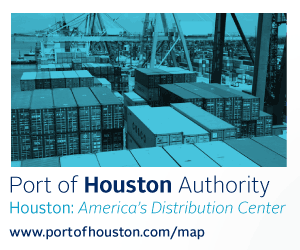|
A new report from Dutch agri-finance group Rabobank emphasizes China’s need to improve its cold chain links in order to increase perishable food options.
China's appetite for fruit and vegetables, dairy and meat is expected to increase by 17 percent over the next decade. The New Silk Road - the Yu'Xin'Ou Railway, connecting Chongqing and Rotterdam by rail - provides a new route to market for European food exporters as it reduces transport times by over 30 days compared to shipping.
"The New Silk Road provides tremendous opportunities for Sino Dutch agricultural trade," said Draijer. "The role of Rabobank is to connect the relevant people across the New Silk Road journey by providing access to knowledge, our networks and financing. With 20 percent of the world population, but only 10 percent of its arable land and 6 percent of its water, China faces enormous challenges on food security and safety. That's why Rabobank has to be here!"
Increasing consumption in China is being driven by continued economic growth and urbanization, according to the report, and China's economy is expected to grow by 6-7 percent annually in the coming years, pushing a further 38 million households into the upper middle class.
|
Fresh or perishable food is increasingly reaching Chinese consumers through modern distribution channels, including supermarkets, hypermarkets and online, with food safety pushing shoppers away from traditional wet markets. The demand for fresh, safe food, bought through modern channels, is driving the country's investment in cold chain infrastructure. Over the past five years, storage capacity has grown from 12m cubic meters in 2007 to roughly 100m cubic meters in 2015.
However, China's cold chain sector is still lagging and needs to improve in terms of both quality and capacity, according to Rabobank, which says an estimated $85 billion is needed between 2015 and 2025. The country's cold chain sector will be able to improve once cold chain companies start adapting their business models into higher-value strategies in response to the higher service needs of their clients.
The benefits to China of an improved cold chain sector can hardly be overestimated, with the presence of a high-level cold chain sector potentially reducing the waste of perishables by 14 percent (valued at $7.5 billion), creating a 10 percent reduction in food prices and hunger, increasing rural income, reducing healthcare costs and cutting emissions.
For more of the Fruitnet.com story: www.fruitnet.com
|




